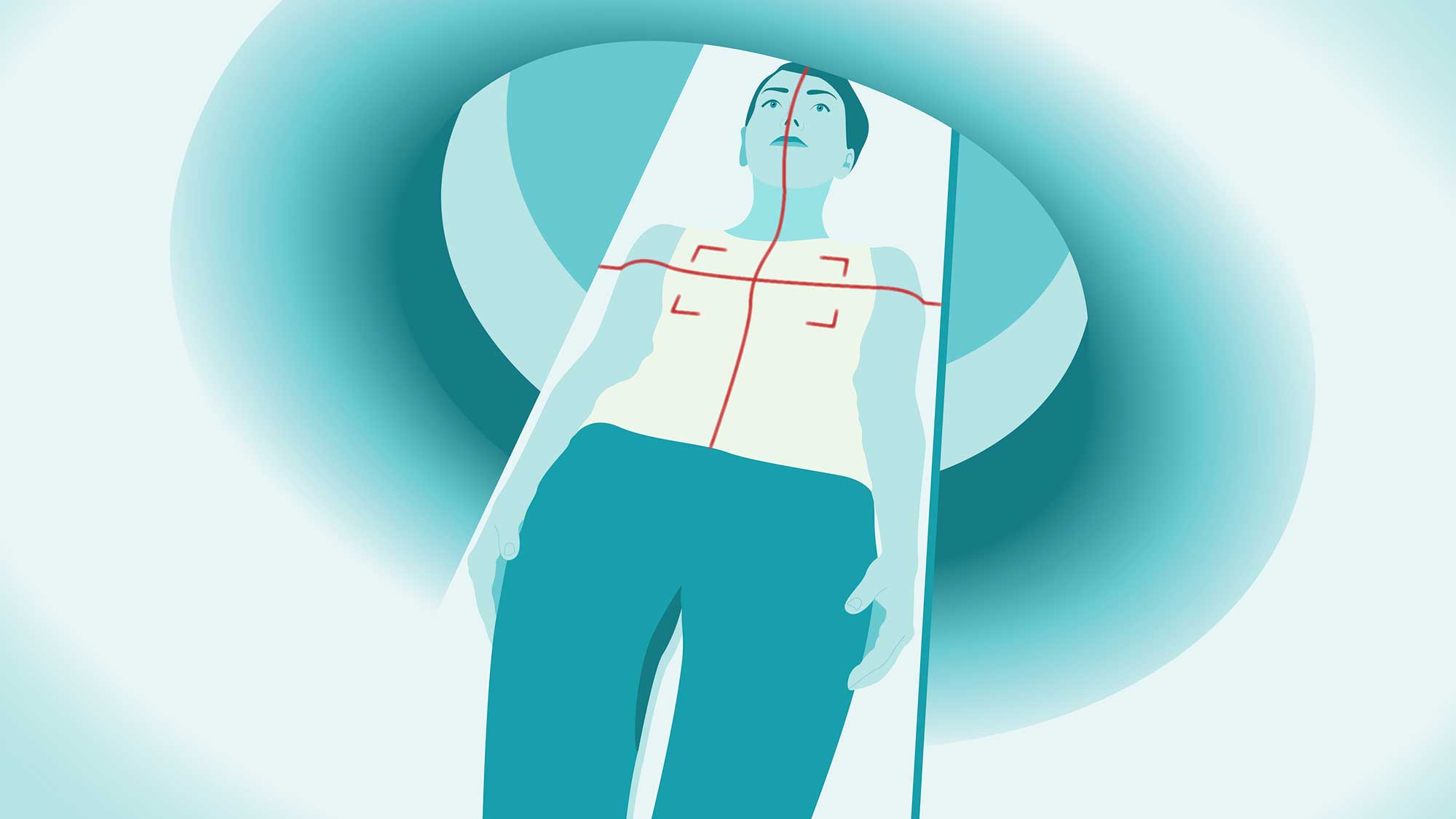Dr. Eric Verdin Reveals His Secrets to Reversing Biological Age Through Consistent Exercise
Dr. Eric Verdin, a renowned longevity scientist and the CEO of the Buck Institute for Research on Aging, has shared his personal fitness regimen that he claims has helped him reverse his biological age by approximately 15 years. This remarkable assertion was detailed in an exclusive interview with Business Insider, shedding light on how a dedicated approach to fitness can potentially alter one's health trajectory significantly.
At the age of 68, Dr. Verdin has utilized sophisticated medical tests and cutting-edge wearable technology over the past decade to monitor various aspects of his health. These include metrics such as inflammation levels, blood pressure, and cholesterol counts. Despite his chronological age, tests suggest that his biological age falls somewhere between 48 and 53, highlighting a critical distinction in understanding personal health. It's worth noting that there is no standardized definition for biological age, and the methods of measurement can vary widely, leading to different interpretations of results.
Dr. Verdin attributes his impressive health outcomes to a strict exercise routine, stating, “I rarely take a day off. On that day off, I just miss it because I realize it optimizes everything else.” His insights into exercise suggest that, while research is ongoing into pharmaceutical solutions for aging, the benefits of regular physical activity are unmatched. He emphasizes, “If you're looking for an anti-aging drug that the Buck Institute is going to come up with in the next few years, it is probably going to be 10 years before we have anything that comes remotely close to exercise and physical activity.”
His weekly workout plan is a comprehensive blend of cardiovascular training, strength workouts, and mobility exercises. Remarkably, Dr. Verdin practices hot Pilates four to five times each week. He describes this physically demanding regimen as essential, as it not only builds strength through exercises like squats and push-ups with small weights but also enhances cardiovascular health. The heat adds an additional layer of challenge, pushing both his muscles and his heart to adapt and grow stronger.
Scientific studies support his methods; a significant study published in the British Journal of Sports Medicine in 2022 analyzed data from nearly 100,000 older adults in the United States. It revealed that those who engaged in resistance training once or twice weekly, alongside regular cardio, had a staggering 41% reduction in the risk of dying from chronic diseases, including cancer and heart disease, compared to those who led a sedentary lifestyle. Furthermore, the study indicated that performing 150 to 300 minutes of aerobic exercise weekly was linked to a 32% lower mortality rate from all causes.
In addition to his Pilates sessions, Dr. Verdin incorporates heavy weightlifting into his routine once a week at home. This practice is vital for maintaining muscle mass and bone density, both of which are crucial as individuals age. Dr. Vonda Wright, an orthopedic surgeon with expertise in healthy aging, has previously remarked on the importance of muscle strength for daily activities, noting that muscle mass typically begins to decline around the age of 30.
Dr. Verdin also enjoys long bike rides in the picturesque natural surroundings of Novato, California, where the Buck Institute is located, just north of San Francisco. He dedicates two to three hours each week to cycling in the mountains, an activity linked to numerous health advantages. Not only does cycling serve as an excellent cardiovascular workout, but it also contributes to lower blood pressure, improved cholesterol levels, enhanced mood, and a reduced risk of chronic diseases. Research has suggested that exercising in natural environments can yield additional cognitive benefits, such as improved focus and mental clarity.
Overall, Dr. Eric Verdin's disciplined approach to physical fitness exemplifies the profound impact that regular exercise can have on health and longevity. His experiences serve as an inspiring reminder of the potential benefits that come from prioritizing physical activity throughout one’s life.

















